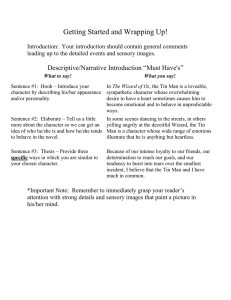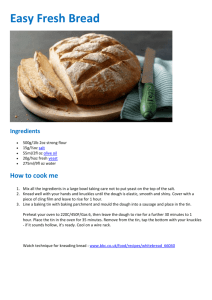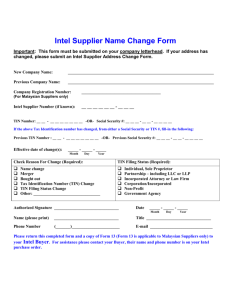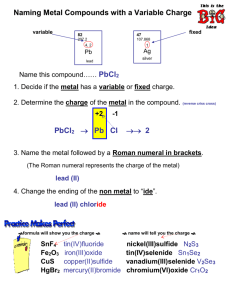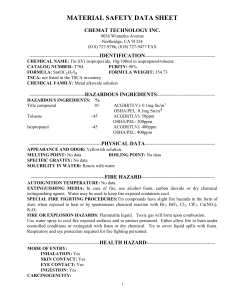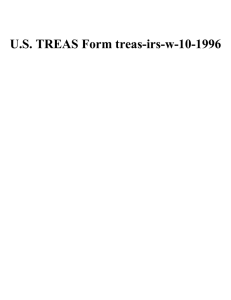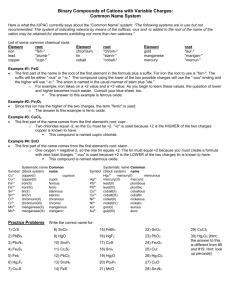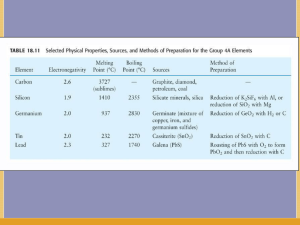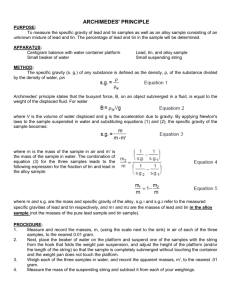Tips for Answering Techniques
advertisement
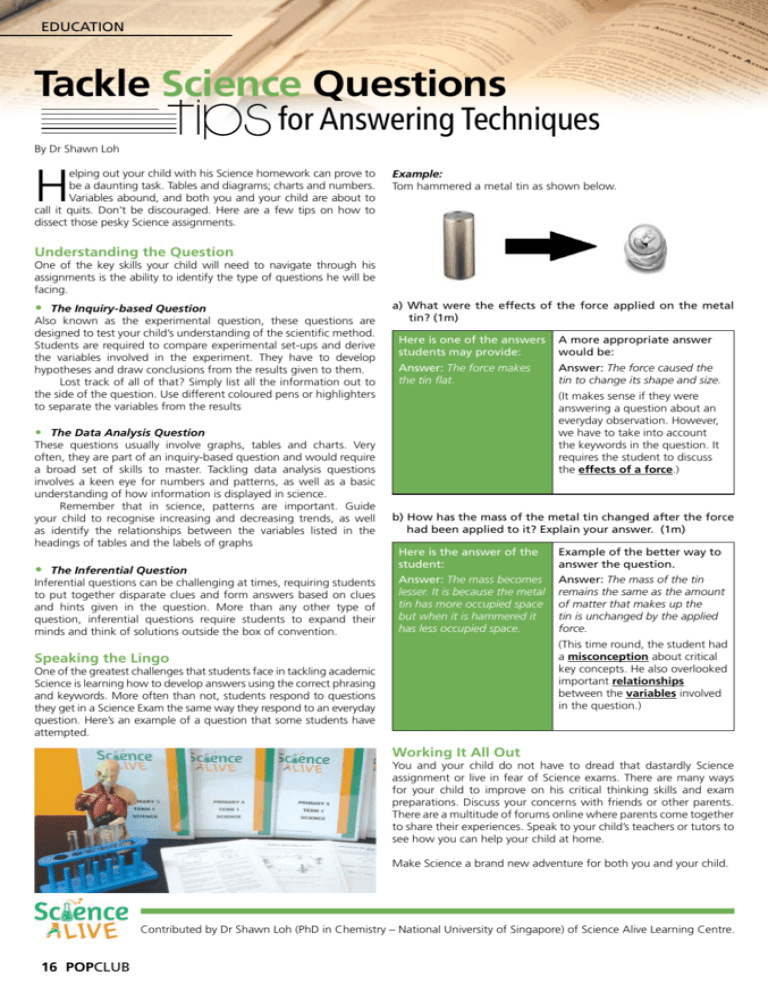
EDUCATION Tackle Science Questions for Answering Techniques By Dr Shawn Loh H elping out your child with his Science homework can prove to be a daunting task. Tables and diagrams; charts and numbers. Variables abound, and both you and your child are about to call it quits. Don’t be discouraged. Here are a few tips on how to dissect those pesky Science assignments. Example: Tom hammered a metal tin as shown below. Understanding the Question One of the key skills your child will need to navigate through his assignments is the ability to identify the type of questions he will be facing. • The Inquiry-based Question Also known as the experimental question, these questions are designed to test your child’s understanding of the scientific method. Students are required to compare experimental set-ups and derive the variables involved in the experiment. They have to develop hypotheses and draw conclusions from the results given to them. Lost track of all of that? Simply list all the information out to the side of the question. Use different coloured pens or highlighters to separate the variables from the results • The Data Analysis Question These questions usually involve graphs, tables and charts. Very often, they are part of an inquiry-based question and would require a broad set of skills to master. Tackling data analysis questions involves a keen eye for numbers and patterns, as well as a basic understanding of how information is displayed in science. Remember that in science, patterns are important. Guide your child to recognise increasing and decreasing trends, as well as identify the relationships between the variables listed in the headings of tables and the labels of graphs • The Inferential Question Inferential questions can be challenging at times, requiring students to put together disparate clues and form answers based on clues and hints given in the question. More than any other type of question, inferential questions require students to expand their minds and think of solutions outside the box of convention. a) What were the effects of the force applied on the metal tin? (1m) Here is one of the answers students may provide: A more appropriate answer would be: Answer: The force makes the tin flat. Answer: The force caused the tin to change its shape and size. (It makes sense if they were answering a question about an everyday observation. However, we have to take into account the keywords in the question. It requires the student to discuss the effects of a force.) b) How has the mass of the metal tin changed after the force had been applied to it? Explain your answer. (1m) Here is the answer of the student: Example of the better way to answer the question. Answer: The mass becomes lesser. It is because the metal tin has more occupied space but when it is hammered it has less occupied space. Answer: The mass of the tin remains the same as the amount of matter that makes up the tin is unchanged by the applied force. (This time round, the student had a misconception about critical key concepts. He also overlooked important relationships between the variables involved in the question.) Speaking the Lingo One of the greatest challenges that students face in tackling academic Science is learning how to develop answers using the correct phrasing and keywords. More often than not, students respond to questions they get in a Science Exam the same way they respond to an everyday question. Here’s an example of a question that some students have attempted. Working It All Out You and your child do not have to dread that dastardly Science assignment or live in fear of Science exams. There are many ways for your child to improve on his critical thinking skills and exam preparations. Discuss your concerns with friends or other parents. There are a multitude of forums online where parents come together to share their experiences. Speak to your child’s teachers or tutors to see how you can help your child at home. Make Science a brand new adventure for both you and your child. Contributed by Dr Shawn Loh (PhD in Chemistry – National University of Singapore) of Science Alive Learning Centre. 16 POPCLUB
